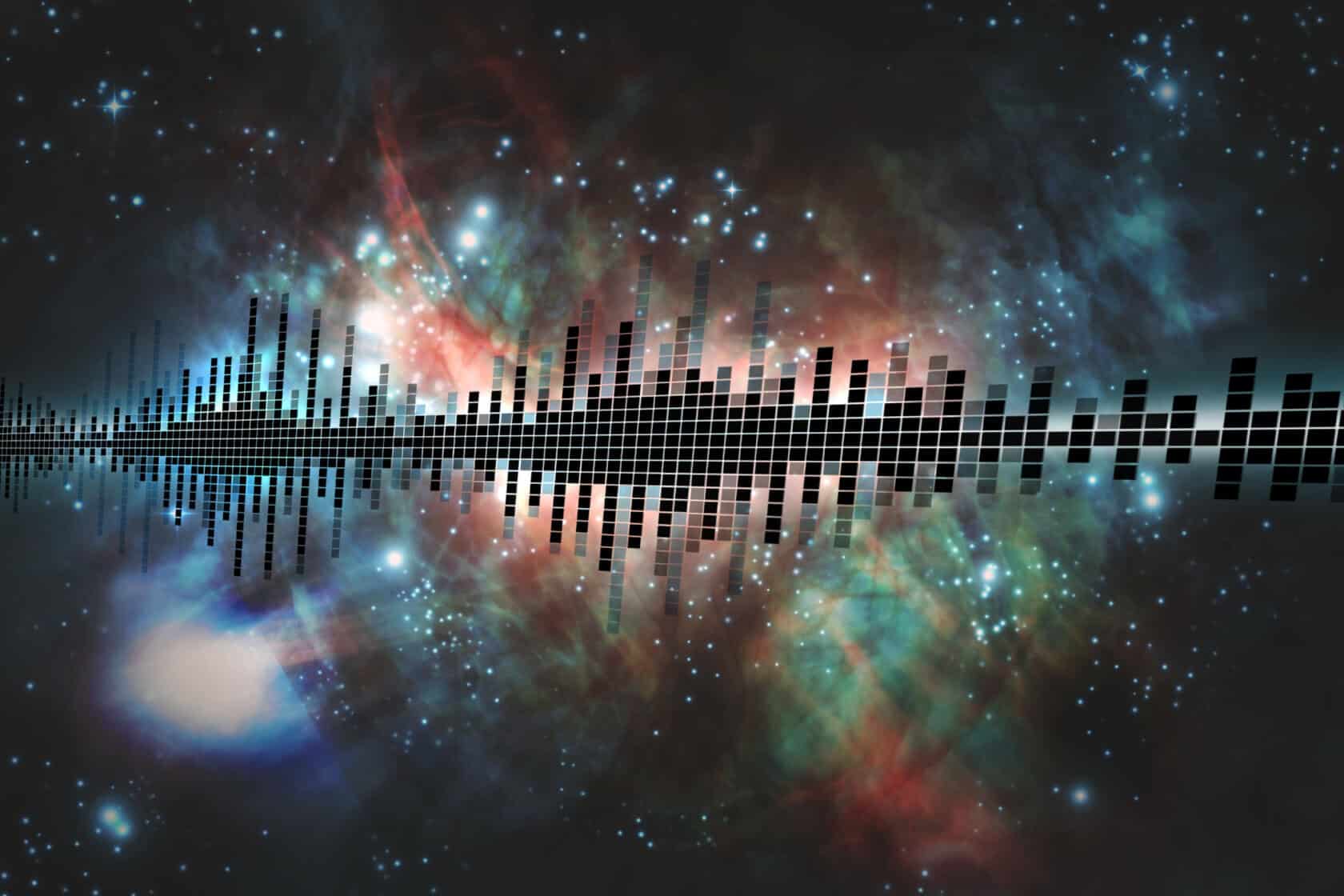We're always told of the limitless possibilities to our creativity, and here we look at it literally with the music of outer space.
There is a strong statement within the music community, that “music has no limit”. Surely, this notion can be understood musically as music not having a mould or box to fit in.
Music can sound like anything imaginable with infinite possibilities. However, no one could have predicted that music has no limitation when it comes to outer space!
In 1962, the first-ever song performed in space was performed by Pavlo Popovych, a cosmonaut from Ukraine. Through a special request by spacecraft designer and Soviet Rocket engineer, Serhiy Korolyov, Popovych sang Watching the Sky in space.
According to the Smithsonian Institution, the first instrument played in outer space was a Hohner Harmonica played by American astronauts Wally Schirra and Thomas P. Stafford aboard the Gemini 6A in 1965.
The song of choice was the holiday tune Jingle Bells as the broadcast was jokingly played over the radio stations indicating Santa Clauses’ future arrival. During the 1970s, music tape cassettes became a popular accessory for space stations, especially the American space station, Skylab.
In 1987, following the smooth sounds of the harmonica, Soviet cosmonauts Yuri Romanenko and Aleksandr Laveikin brought guitars to the space station Mir.
However, if musical instruments wanted to join the astronauts during outer space excursions, the instruments must be checked for gases they could potentially produce before being a prime form of entertainment, as the confined environment of a space station can pose issues, not common for regular earth environments.
Since 2003, instruments such as flutes, saxophones, keyboard guitars, and even Australia’s native instrument, the didgeridoo, have boarded various space stations. Through songs and other music artists, music has been able to cross boundaries, even through outer space! Here are a few songs and artists that managed to reach galactic stardom!
DongFangHong I
According to Wikipedia.com, the People’s Republic of China developed its first space satellite in 1970.
The DongFangHong I satellite was developed as part of the PRC’s space satellite program. This particular satellite carried a radio transmitter that broadcasted the song of the same name, Dongfanghong (The East is Red) which lasted for 20 days while in orbit.
The Haley Brothers
As music in the form of instrumentals has formed boundaries to its musical capabilities, so has the music component of vocals. Sung by NASA Astronauts Harrison Schmitt and Eugene Cernan, a brief vocal section of The Fountain in the Park by Ed Haley of the Haley Brothers, was sung proudly on the Moon! This outer space music moment happened in 1972 during the Apollo 17 mission.
Pink Floyd
But who would ever want to escape the epic sounds of rock & roll made on planet earth? In 1988, a tape of Pink Floyd’s live rendition of the Delicate Sound of Thunder album was taken into space during the Soviet Soyuz TM-7 mission.
Band members David Gilmour and Nick Mason, were present at the mission launching as audio recorded the monumental events for potential use in future music projects.
Blur
But as many musicians can understand, sometimes audio and other music elements can run into complications.
In 2003, the United Kingdom created the Beagle 2 probe which was set to play a song from the UK music band Blur upon arrival to Mars.
With unknown malfunctions, the Beagle 2 was considered lost until 2015. Many researchers believe that there was a definite possibility that the Beagle 2 played the song on Christmas Day, but the malfunctions caused a failure in transmitting the musical sound back to planet Earth.
David Bowie
However, in recent years Tesla CEO Elon Musk developed the Tesla Roadster which launched into the earth and solar orbit in 2018. This project was a part of the Falcon Heavy Test Flight, the first attempt by SpaceX to launch a Falcon Heavy rocket into orbit.
The sound system onboard the Tesla cat musically looped David Bowie’s Space Oddity and Life on Mars?.
Taylor Swift
Additionally in 2018, through the Educational Launch of Nanosatellites (ElaNa) as part of NASA initiative to attract and retain students in science and technology, teenager Erik Finman partnered with a team of high school students to design a cube satellite (CubeSat).
The students from Coeur d’Alene aligned with the 18-year-old millionaire created the cube to serve as a time capsule orbiting around the Earth.
The cube contained collections of movies, videos, and even Taylor Swift’s album, 1989. With a signed autograph CD molded to the outer layer of the cube, along with uploading the album to the satellite, the ‘DaVinci’ cube was launched from Mahia, New Zealand.
So, when music is said to have “no limits”, it is not a joke! Music has managed to pass artistic boundaries in ways other forms of creative outlets have yet not been exposed to.
As music continues to bring people together, maybe just might bring us closer to the stars.
Want more space for these type of stories, how about this from Olena Kagui?
Support us!
All your donations will be used to pay the magazine’s journalists and to support the ongoing costs of maintaining the site.
Share this post
Interested in co-operating with us?
We are open to co-operation from writers and businesses alike. You can reach us on our email at cooperations@youthtimemag.com/magazine@youthtimemag.com and we will get back to you as quick as we can.










